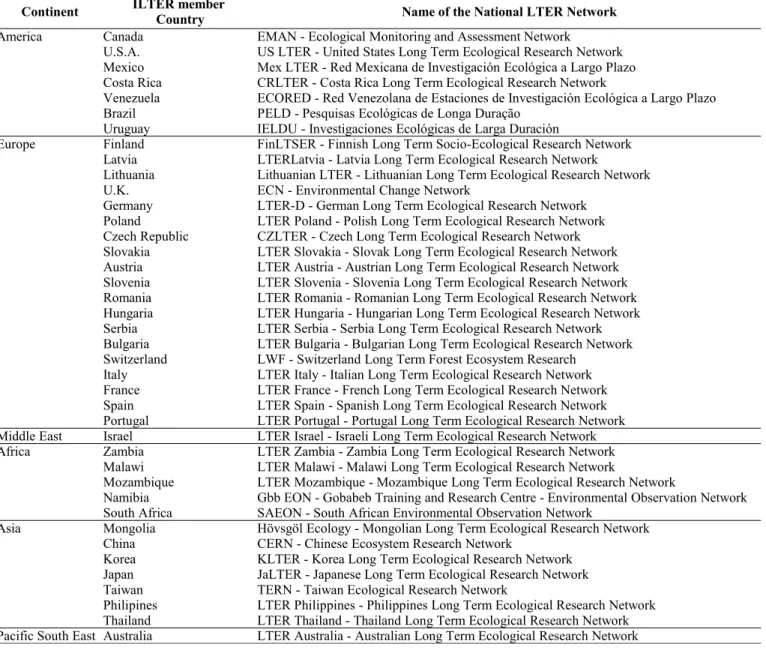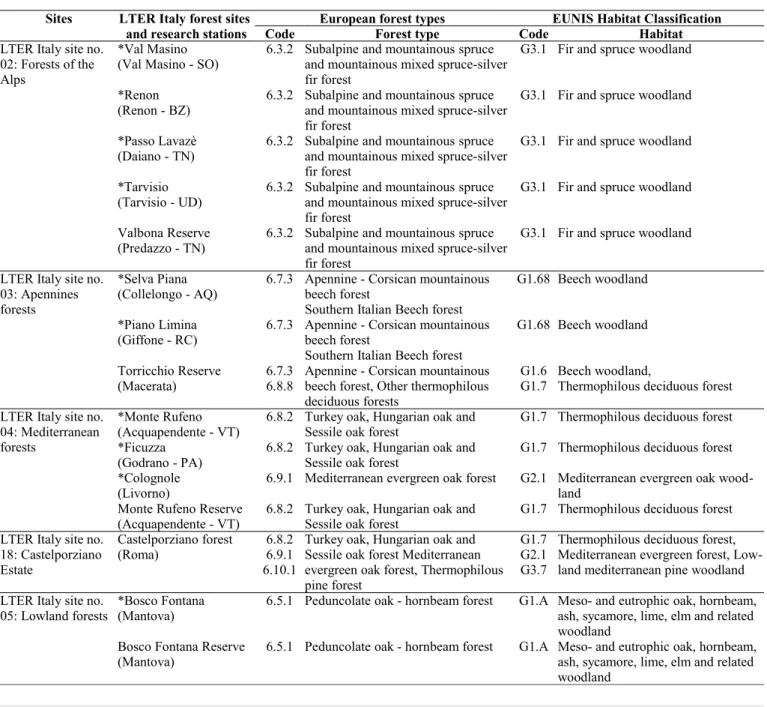Case study for the integration of faunistic data series in selected Italian LTER forest sites
Testo completo
Figura




Documenti correlati
▪ Each server processes 2 x data => 2 x execution time to compute local list. ▪ In terms
The Italian computing infrastructure for the ALICE experiment at the LHC is mainly based on a large national center in Bologna (CNAF) acting as Tier1 site and four Tier2
Using only fundamental techniques, in this paper we show the latter equiv- alence of the nilpotency of a group to this strange condition imposed on all of its subgroups without the
– Nell’ambito della discussione sul rapporto fra natura e società, l’approccio stesso allo studio della natura, in seno alla geografia, ha gene- rato diverse prospettive teoriche
Concerning the sequencing quality, the 99.25% accuracy for SNPs called by both SEQ and HapMap datasets encountered for the first half of the data, confirm once again the
13 Romania has consistently been reported as being the most prev- alent country of origin for potential victims of trafficking in the UK, with more than half of victims
By using a loss of function approach in Xenopus embryos I demonstrated in vivo, for the first time, the capacity of serotonin, via 5-HT2B receptor, to act as a
Abstract: Urinary biomarkers of mycotoxin exposure were evaluated in a group of celiac patients (n = 55) and in a control group of healthy subjects (n = 50) following their
